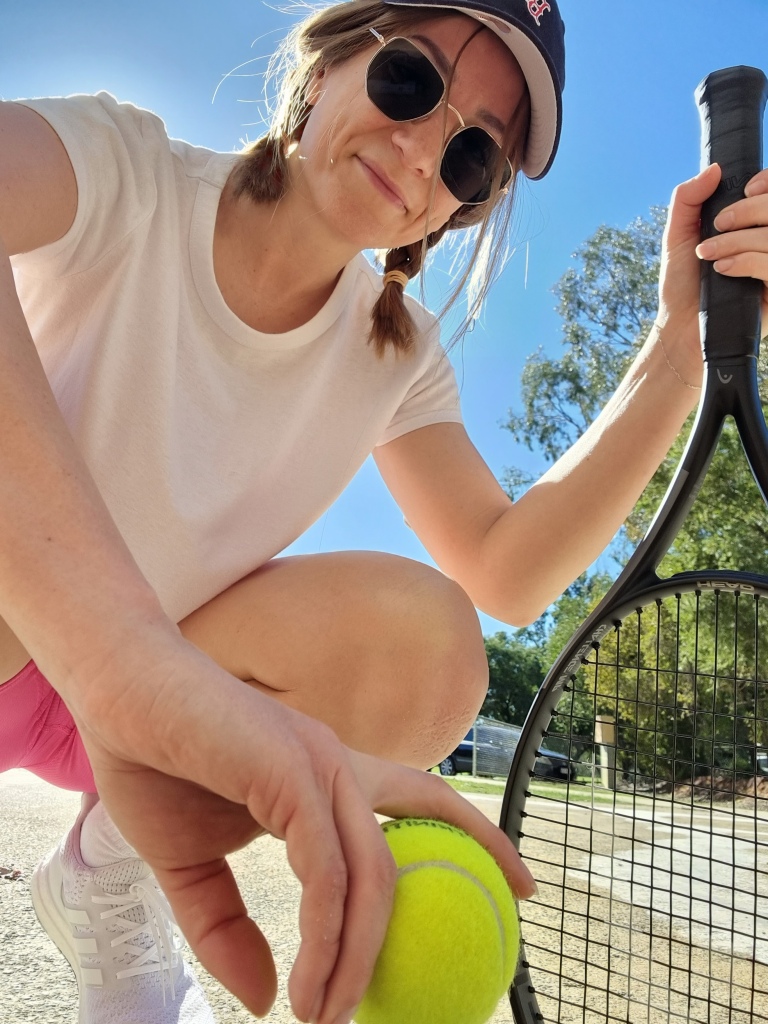
I was about 21 when somebody first noticed my hair was falling out. Sitting at a friend’s house, I scooped my then-long blonde hair into a high bun. Standing behind me, she asked if I had recently gotten an undercut? “What do you mean?” I asked. At the time, I’d been creative in the hair department; I had died it sailor moon pink, I had owned a crimper, I had peppered it with those glittery butterfly clips, I had even broken my dad’s heart and gotten dreadlocks when I was 16. But I had definitely not gotten an undercut.
She took me into the bathroom and held a mirror behind my head. It looked like someone had rubbed an eraser two inches from the bottom of my hairline. I had no idea how this happened. Her mum came in and said, “Oh, it’s probably just alopecia“. “What’s that?” I thought. I’ve never heard of alopecia, but it sounded like something I could sort out with a visit to the g.p. Nothing to worry about.
Fast forward a few weeks, my hairline has crept up further, and now a few spotty patches are missing; my G.P has sent me to a dermatologist, and my dermatologist is telling me I have beginnings of Alopecia Totalis. She said that I would probably lose all of the hair on my head and possibly my eyebrows, eyelashes, pubic hair and any other fuzzy down that I might be trying to hold hostage. I remember sitting in her office and crying, apologising for crying, and then crying some more. She said there were some treatments I could try, but if I were her daughter, she would recommend that I save my money for a great wig.
I cried some more, went home, and ate an entire bar of family-sized chocolate while furiously Googling alopecia cures.
As my hair and my confidence shed, I tried everything to hold onto both. I had steroid injections into my eyebrows and hairline. I repeatedly put an acidic substance on my head, hoping it would blister and rash, giving my body something else to fight against. I rubbed an Israeli lotion that cost me $500 monthly onto my head every night. I visualised my hair growing. I hit my head with a brush every morning and every night. I went to a counsellor, and I cried a lot.
I began to fear windy days or any situation that might disrupt the last hanger-oners that I had painstakingly pinned in various positions across my scalp. I came to terms with the fact that it was time to buy a wig.
There’s a lot that goes into wearing a wig. You can pick your hair colour, length, density, and texture. You can have it on a plastic or a fabric base. You can glue, tape or clip it in. In a sense, it’s fun because if you wake up in the morning and decide you’d like 24-inch blonde wavy mermaid hair, then that’s exactly what you can have.
On the other hand, they can be itchy, expensive, and don’t always move like natural hair. There are two versions of yourself; with hair on and with hair off. Often I’m not sure which one feels most like me. Then comes the part when you have to tell a new partner that you don’t have any hair and that you can’t sleep with your wig on because it will damage it. So you have to bare your soul mentally and physically, and it all feels pretty unfair.

On the other hand, they can be itchy, expensive, and don’t always move like natural hair. There are two versions of yourself; with hair on and with hair off. Often I’m not sure which one feels most like me. Then comes the part when you have to tell a new partner that you don’t have any hair and that you can’t sleep with your wig on because it will damage it. So you have to bare your soul mentally and physically, and it all feels pretty unfair.
On the upside, fourteen years on, I can say that I am genuinely, authentically myself. I realise that while I don’t have control over everything in my life, I do have control over how I react. I’m more open about my alopecia now; when people compliment me on my hair, I will often tell them that it’s not actually mine. While I don’t believe we have to share our medical history with everyone we meet (“Hi I’m Bindi, I have alopecia, three weeks ago I had a cold, and breast cancer runs in my family, pleased to meet you”), I think being authentic about who you are opens you up to more genuine relationships and interactions. Everyone has something they are working on or feel uncomfortable about. I’ve learnt that by saying, “hey, this is me; here are some things I feel uneasy about, but I trust you enough to present them to you, ” I can achieve a depth in my relationships I don’t think I would have reached previously. I’d love it if my hair grew back, but I also love that I won’t get grey hairs, don’t have to pay exorbitant amounts to upkeep my blonde roots and no longer have to pay for eyebrow waxing!
Bindia was a part of our sponsorship program – you can also participate! Go here to learn more http://aaaf.org.au/sponsorship-program/

Leave a comment